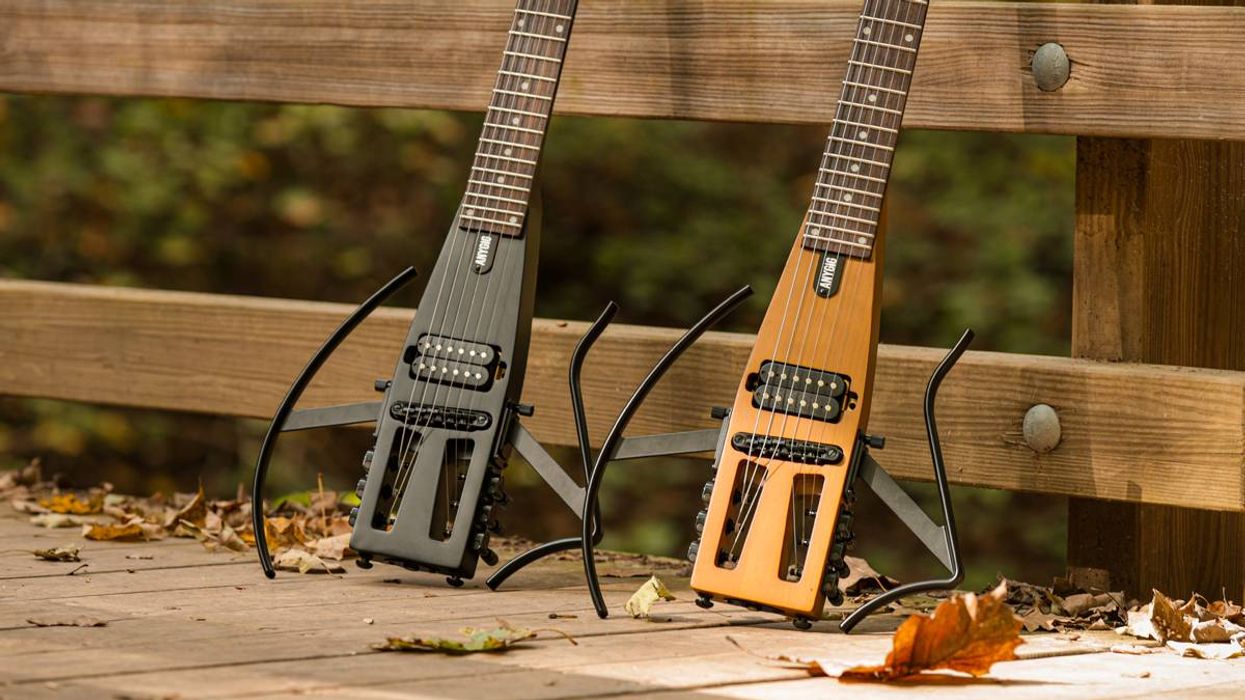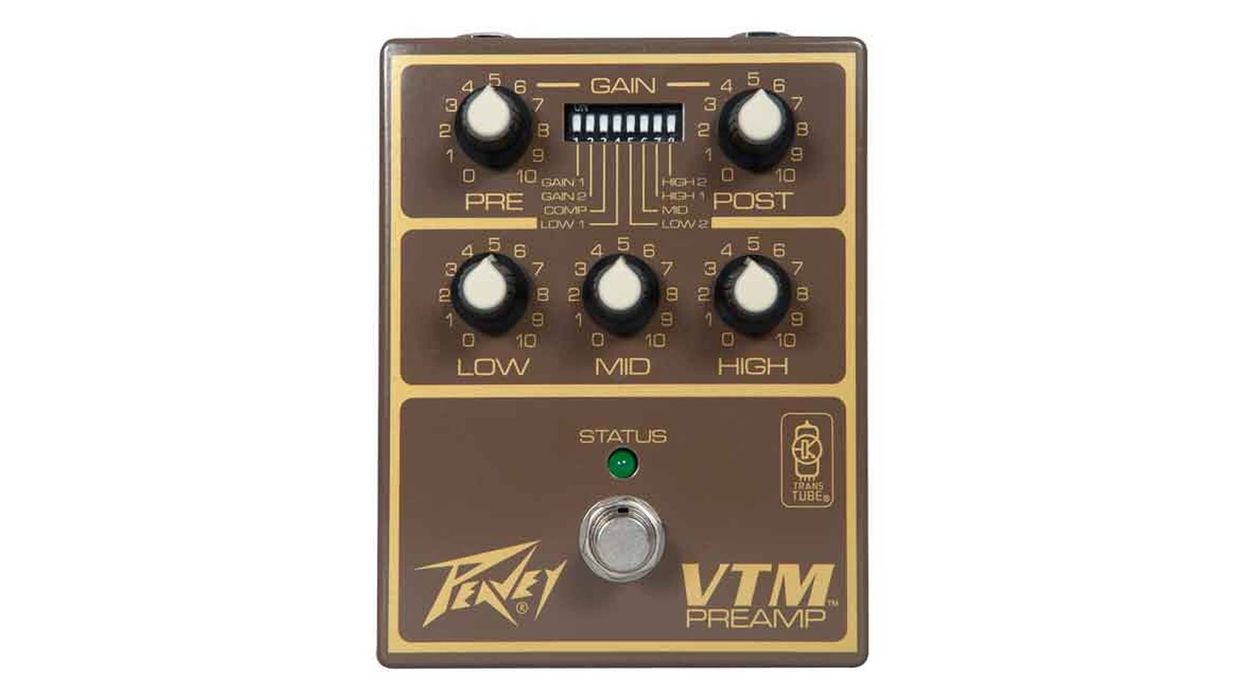It's not hard to feel as if we're living in the best of times when it comes to the equipment the market has to offer. That's surely true for amps and the vast amount of different—and sometimes complex—pedals out there. But basses? Not so much. It seems the main goal is to get prices down. There's nothing wrong with that, of course, but most new instruments these days aren't complicated builds. There was a time, however, when there were more of those.
I recently came across a very special instrument, which might be a good example of that time, but it's been difficult to find out where and when it was made. I wrote a column a few years ago [“Name That Bass," September 2013], where I asked the PG audience to help identify the maker, model, and history of a particular bass. I successfully identified the instrument thanks to the feedback, so your help will be very much appreciated once again.
Here's the skinny: This mystery fretless 4-string (Photo 1) is equipped with two soapbar humbuckers, which are followed by both an optical pickup and a piezo bridge. The heart-shaped headstock sports four guitar tuners, which are obviously able to handle the load. The bridge is a top-loading unit that looks rather massive and modern, as opposed to a typical, folded-steel sheet style. Although the bass is loaded galore with pickups, there are no visible controls.
It's easy to see that both the piezos and optical pickup are able to handle each string separately, and it turns out that the Hi-A humbuckers are Bartolini quad-coil pickups, which means they have dedicated coils for each string. These pickups were built from 1973 to 1978 and widely used, although most manufacturers made no use of the separate-coil feature. Besides the Hi-A, there is no logo or name anywhere else on the bass.
Photo 2 — Courtesy of Michael Nürnberger
The body's complex 3-D shape (Photo 2) looks like something from the '90s. It's amazing to see how much effort went into the build, as it was probably carved by hand, including the heart-shaped headstock. Keep in mind that modern 5-axis CNC machines were new and uncommon at that time.
The instrument's backside features a large electronics cover with 16 holes. It turns out the massive amount of electronics underneath (Photo 3) has trim pots—accessed by the holes—which allow one to separately adjust each pickup's individual string volume.
So, while the magnetic pickup is a mid-'70s build in a '90s-style body, the circuit board contains the hint on the manufacturer and manufacturing era for the optical pickup. K-Muse was a keyboard manufacturer who—according to Billboard magazine—introduced a guitar and bass MIDI system at the Chicago NAMM show in 1986. Roland also had such a system, but the K-Muse's main feature was the conversion of vibration through light via an optical pickup with a light source and photosensor. (There are more details about these pickups in my “Piezo and Optical Bass Pickups" column in the September 2012 issue.)
Photo 3 — Courtesy of Michael Nürnberger
It's beyond me why this pickup wasn't in clear violation in regard to the original inventor and patent holder, Ron Hoag, but it appears as if there was more than one violation, since he first introduced them at NAMM in 1969. Even more so, K-Muse later either licensed or sold the technology to Gibson, who built several prototypes and branded them as Phi Tech, with the model name Photon. For whatever reason, some of these prototypes later ended up in private hands, but it's hard to imagine this is one of them, right? Everything on this bass seems to be well planned and nothing on it points to a retrofit of any of its parts.
So, there we have it. Pickups spanning a period of two decades, a rather modern appearance, and still no clarity on this bass' maker or build date. Again, any hints from the PG audience on who, when, and where this bass came from would be appreciated!


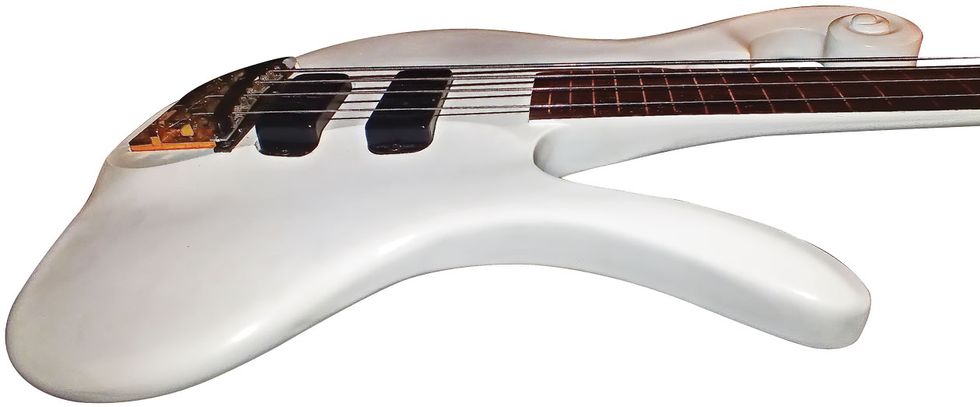
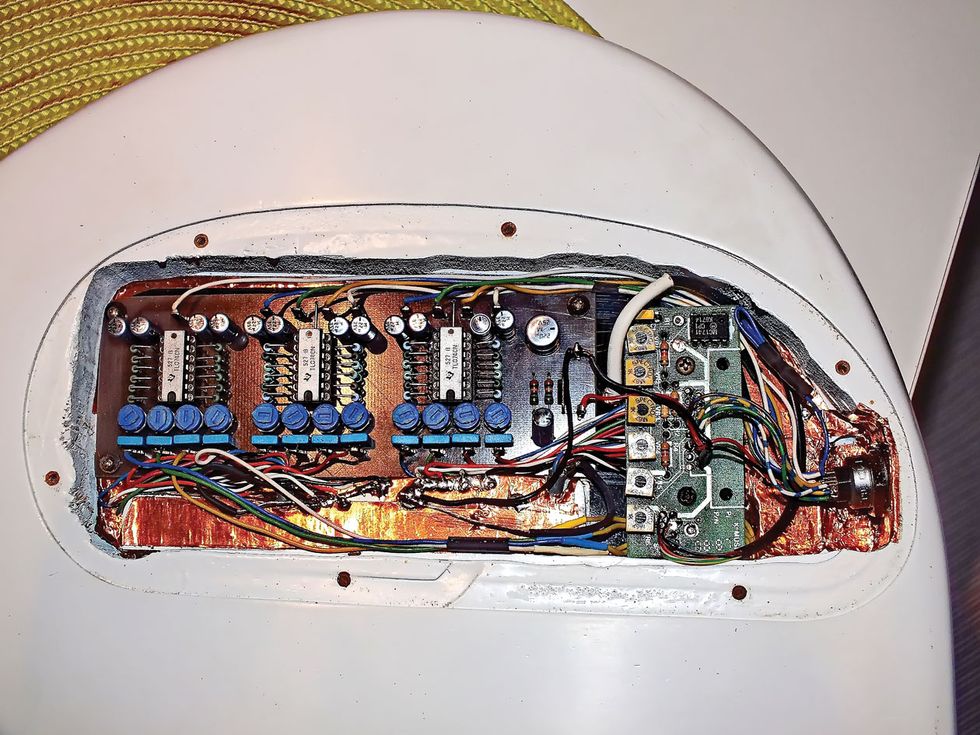

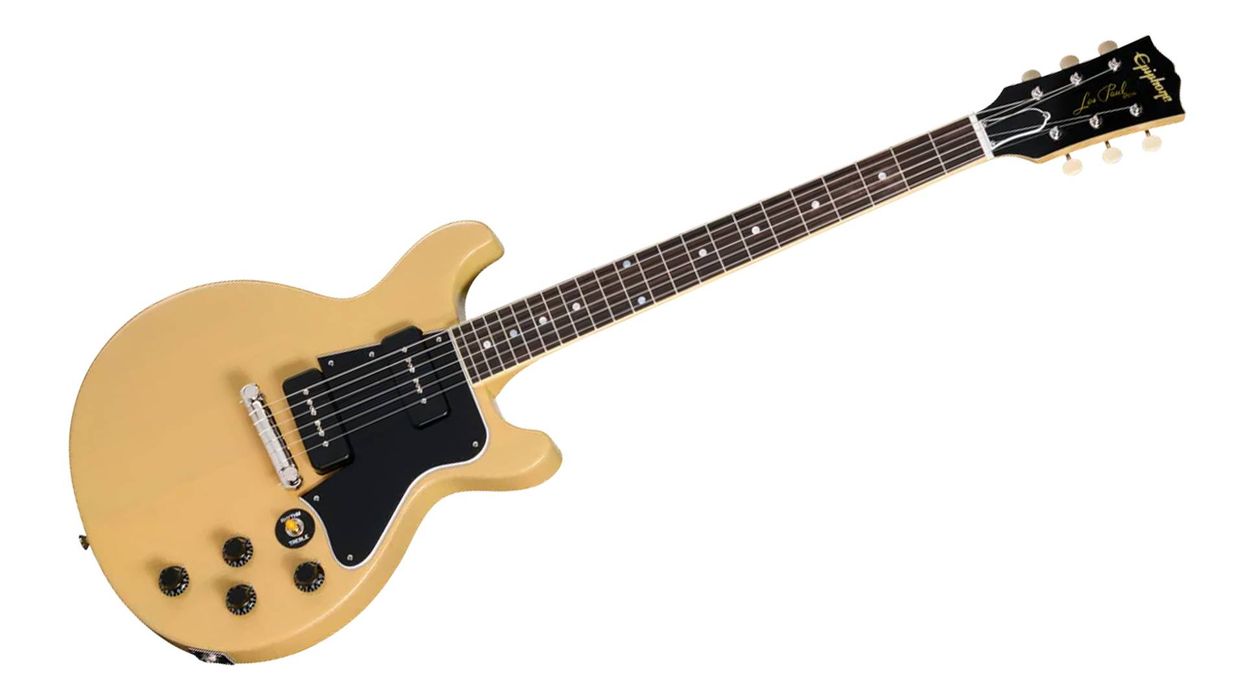


![Rig Rundown: AFI [2025]](https://www.premierguitar.com/media-library/youtube.jpg?id=62064741&width=1245&height=700&quality=70&coordinates=0%2C0%2C0%2C0)












 Shop Scott's Rig
Shop Scott's Rig